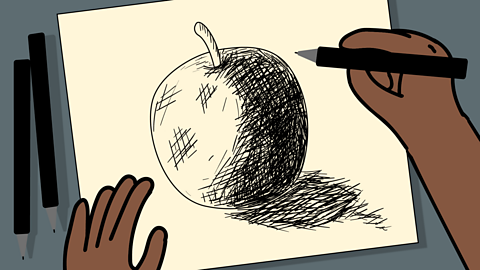
What is texture in drawing and painting?
This guide was produced in partnership with
There are two types of texture:
- actual texture that you can feel
- visual texture that you can see
When you make a drawing or painting with texture, you are showing how something feels.
You can use different kinds of marks that show texture in your artwork.

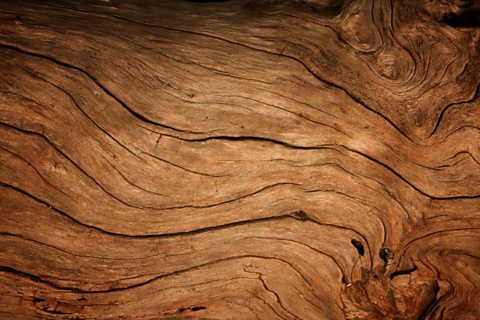
Exploring texture in art
There are lots of different types of texture. Things can be:
- smooth or rough
- hard or soft
- wet or dry
- matt or shiny
Try looking at and feeling some different types of objects in nature or around you (but avoid sharp edges or spikes that might hurt you). How do the objects feel?

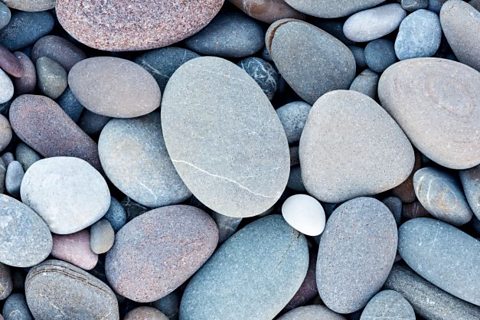
The same rules about texture apply to drawings and paintings.
You might want to make the things you draw look as if they are rough, like an old piece of wood.
You might also want to make something look as if it is smooth, like a stone on the beach.
You can show how objects feel in your artwork by experimenting with different techniques.
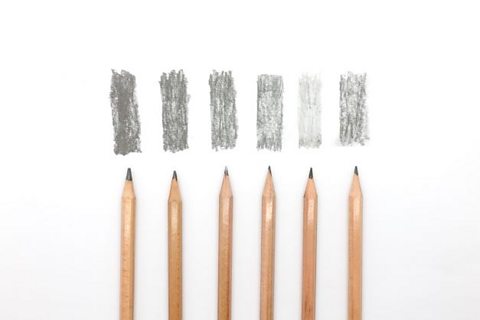
Techniques for drawing texture
To make texture in a drawing, you will need some pencils or crayons.
There are different types of pencils.
- Some are marked with an H (for hard).
- Some are marked with a B (for black).
- Some are known as HB pencils (a mix of hard and black) and are good for drawing and writing.
Hard and soft pencils produce different types of marks.
- H pencils make fine lines.
- B pencils are usually soft and make darker lines.

Do you think a hard pencil produces a light or a dark mark?
Hard pencils make a light mark, with sharp, clear edges. They are good for fine detail.
Soft pencils make a darker mark and give a fuzzier edge. They are good for showing ł¦´Ç˛ÔłŮ°ů˛ą˛őłŮ. 
If you only have one type of pencil, you could also use wax crayons or felt tips.
Watch: How do artists show texture?
Watch how Elizabeth Butterworth adds texture to the painting of a parrot's feather.
Elizabeth Butterworth: My name is Elizabeth Butterworth and I paint birds for a living.
I'm going to just try and do a picture of this feather now and make it look three dimensional as if it's sitting on the page, make it look real.
I’m going to also try and put the textures in on the feather as I go along. First tip is put in the shadows. So off we go.
We're just going to put down a few nice, easy shadows. Keep it light so you can keep working on it for longer. I'm using gouache because that gives you really good darks very quickly.
There would be three lots of textures because there's the texture of the quill, which is quite hard and needs to be shown as being different from the sort of quite almost shiny texture of the feather.
And then you've got the fluffy bit. So you've got three textures there to think about as you're doing your picture.
Quite often, whatever you're drawing, it's just that little bit darker on the edge and just that little bit lighter inside. You see here dark, light, darker.
Now then we're going to have a go at some of this fluffiness. Here it comes now. Each little barb has got little bits off it and I'm trying to just get a good body of paint on it.
This is the finished feather. You can see the shadows around the sides and you can see the fluff and you can see the light applied on top of the other tones to create the form.
So as it goes, you know, up and down again. And then you've got the quill, which is quite harsh and sharp.
Look at some paintings made by artists that show texture.
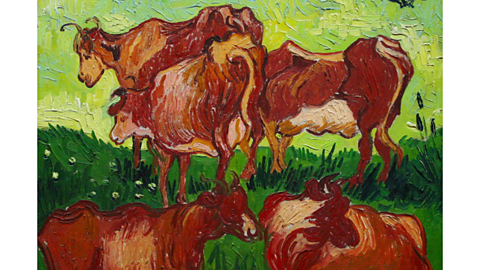
Image caption, Les Vaches painted by Vincent van Gogh in 1880.
1 of 3
Which words would you use to describe the textures that these artists show?
If you were going to show these textures using your pencils or crayons, what techniques would you use?

Activity
You will need a sheet of paper and a wax crayon (or a pencil).
Make some texture marks on the paper. With each pencil or crayon, you could make some:
- small and large circles
- zig-zags
- dots and dashes
- a mix of straight neat lines and rough messy lines
Which pencils worked best for each texture?
You could now try making a drawing that shows the texture of an object you can see around you.

Quiz
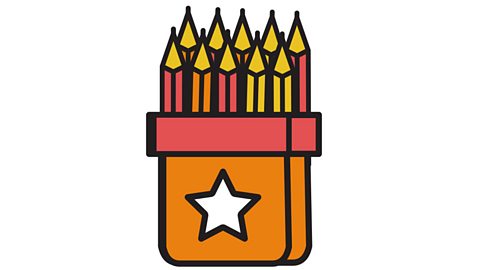
Glossary
Here are the meanings of some important words.
Actual texture - A texture you can feel.
HB pencil - An average pencil. HB means 'hard and black'.
Texture - How something feels.
Visual texture - A texture you can see.
Contrast - A big difference between two or more things when you compare them.

Play Bitesize Primary games. game
Fun and educational primary games in science, maths, English, history, geography, art and design, computing and modern languages.

More on Drawing
Find out more by working through a topic
- count1 of 5

- count2 of 5

- count3 of 5

- count4 of 5
